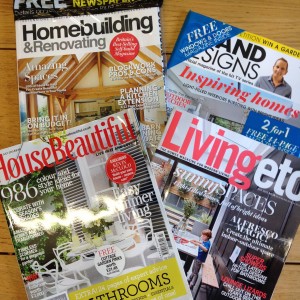Accessible and inclusive design is my ‘thing’ and, as a housing architect, home design is also my ‘thing’ so this is a post about some things you might not know about accessible and inclusive home design!
So what is inclusive design?
The general principles of inclusive home design have been coming into legislation in some regions of England via the Lifetime Homes standards and more recently a version of the standards has been included in the building regulations (although the regs don’t say when and where they should be adhered to, so they are optional for developers unless individual planning authorities to set critera!).
What are Lifetime Homes?
“Lifetime Homes are ordinary homes designed to incorporate 16 Design Criteria that can be universally applied to new homes at minimal cost. Each design feature adds to the comfort and convenience of the home and supports the changing needs of individuals and families at different stages of life.
Lifetime Homes are all about flexibility and adaptability; they are not ‘special’, but are thoughtfully designed to create and encourage better living environments for everyone. From raising small children to coping with illness or dealing with reduced mobility in later life, Lifetime Homes make the ups and downs of daily living easier to manage.”
I believe we should all have these criteria in our minds when we are searching for a new home, or making alterations to our homes. After all, we invest our hearts in our homes, so why wouldn’t we want to make sure they are as welcoming to all our friends and family as possible? And, as we invest our money (the biggest investment most of us will ever make!), let’s make sure we’re providing ourselves with a physical insurance policy, a house that can adapt smoothly to our future needs!
We just need the knowledge, the inspiration and the opportunities, to be able to make these choices for life long happy homes!
So to my top 10….
1. There are not enough!
Accessible homes are just not readily available.
Those who need an accessible home usually struggle to find anything suitable and many people need to adapt whatever they can find (this is practically impossible on the private rental market!). It’s very rare to find a fully accessible property. Even bungalows often have steps at the entrance and narrow doorways and corridors!
And even if you are to you build your own grand design, there are so very few great examples out there to inspire, that those who need accessibility features often end up feeling that it’s too clinical and people who don’t currently have access issues are just not encouraged to think inclusive, so unfortunately it’s just not at the top of the agenda.
I’d like us to change that! Let’s stop treating accessible and inclusive design as niche! I’d love to see great hints and examples of inclusive design in the magazines and the home design TV shows!
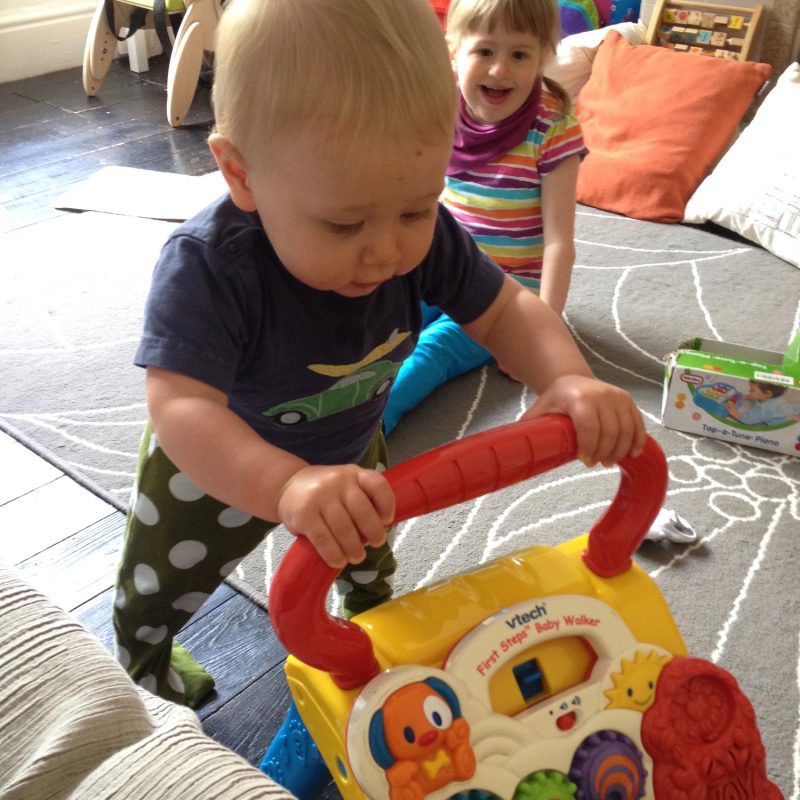 2. You don’t have to be old or disabled
2. You don’t have to be old or disabled
….to benefit from an accessible home!
Many of us share access needs but many of us just ‘put up’ with the way things are, the way things have always been done.
Small children are only small for a limited period of time, so we don’t change our homes specifically for that period in our lives – but how much easier would it be if homes were pre-designed to be ‘wheel friendly’!? For getting in and out with buggies, little ones crawling or bum shuffling, first steps with a baby walker, and later on perhaps bringing scooters and/or bikes through the house to the back garden?
But your house isn’t only for you to live in. Most people want to be able to socialise, to invite friends, have people to stay. What if you make friends with a disabled person? Could they come and visit? What if one of your close friends or relatives becomes disabled or starts to find getting around more tricky with age? Could they still come and visit, could they use the loo or stay overnight? Without compromise or making them feel they are being too much trouble? If we have the choice, wouldn’t we want to be able to welcome all our friends and relatives (now and in the future) whatever their abilities? Why not designs homes to do just that!?
3. Ugly plastic grab rails
…are not a requirement!
Grab rails may be a necessity for some people, but they don’t have to be ugly! There are some lovely metal (and even timber!) versions around now. Some that combine function with regular home accessories, like towel rails or shelving racks to integrate into the room design (edited to add: check out these ideas from Wheel Chic Home!). You could even consider the design of furniture and fittings such that they’d provide a suitable stabilising surface. A piece of cabinetry in the bathroom that would allow someone to steady themselves as they stand at the sink, or gets on and off the loo?
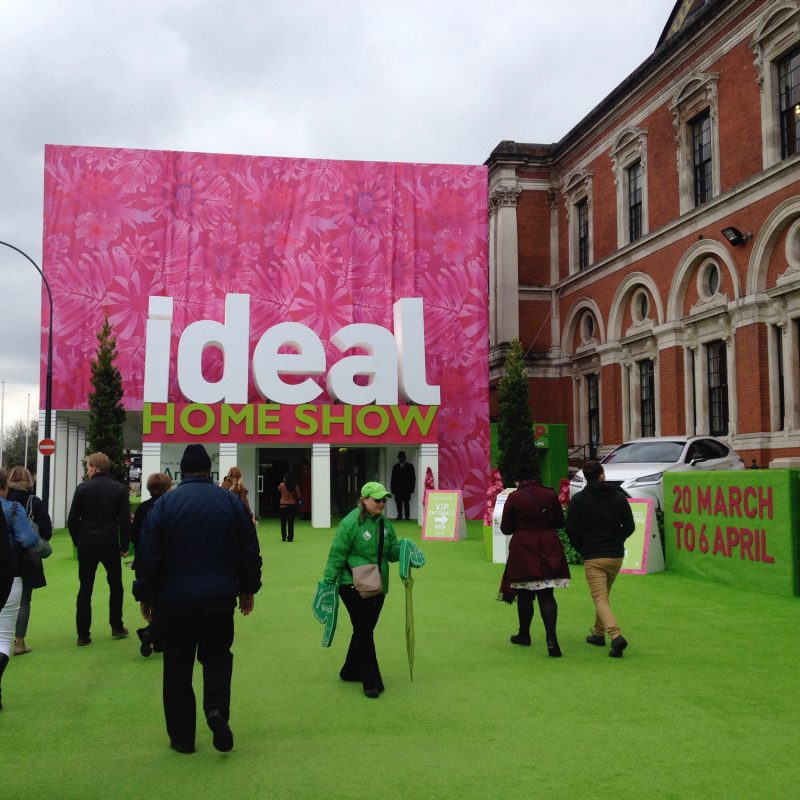 3. Good design principles
3. Good design principles
Like energy efficiency, access and inclusion should form the basis for good design, not an add on. If something is integrated from the beginning it’s always going to be more economic to do, and it also means it will feel like a natural part of the whole, almost unnoticeable except to those who need it!
4. Open plan living
If the magazines and TV makeover shows are to be believed, we’re all aspiring to open plan living and wide spaces, and nothing makes wheelchair or walking frame turning circles easier than open space, and getting rid of walls and narrow corridors!
Inclusive homes most definitely can be Ideal Homes!
5. Downstairs shower room
Developer housing is full of teeny little downstairs loos and micro sized en-suite bathrooms – quantity over quality (in my opinion)! How about consolidating all the micro spaces and opting for a sensible sized downstairs shower room and sensible sized family bathroom independent of the bedrooms so they can be used by whoever needs it (and therefore accessible to disabled family members or guests!)? ……I reckon this would also be super handy for hosing down muddy children, dogs and gardeners!
6. Parking
…is important for many disabled people as public transport is not always doable. Many disabled people need access to a car or easy access for taxi pick up and drop off. If this is something you can integrate at your property, try to ensure there’s enough space around the car space for wheelchair access or to be able to fully open the car door to helps someone in or out – again this is beneficial for other uses (wrestling children into car seats, buggies, shopping, luggage etc!) if you don’t use a wheelchair yourself!
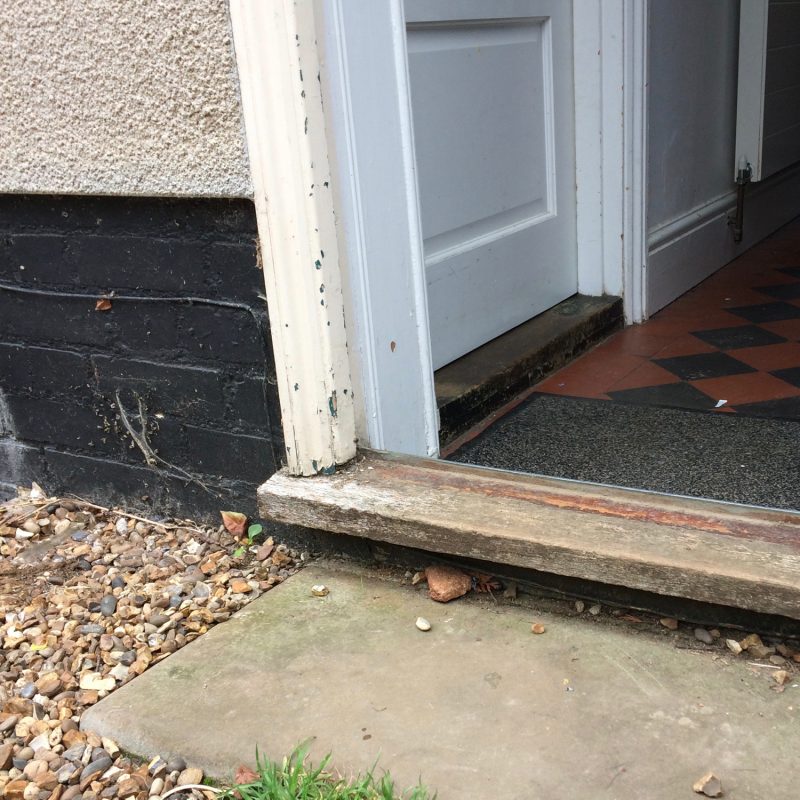 7. Thresholds and doorways
7. Thresholds and doorways
…can be a deal breaker when it comes to making your home visitable for disabled friends and family. There is a sensible historic reason for front door steps. Homes built with timber floors, are raised a certain height above the outdoor ground level, to prevent dampness and also water getting in in flash floods. So, chances are, most older homes will have a door step (or several) and it can be a tricky problem to solve (depending on how much space you have for ramps).
If you can solve your door threshold when you are doing improvement work (or if you are building a new home!) then do it! Save yourself a potential headache in the future, and make it easier for any disabled visitors you have in the meantime!
9. It doesn’t have to be a bungalow!
Accessible homes can be detached houses, semis, terraces, flats on the ground floor or even flats on the upper level, as long as there’s step free access (i.e. ramps, level thresholds and/or a lift) and a room that can be accessed step free that could be used as a bedroom! In a house, perhaps you could double up uses – a play room, a home office (or even a living room if separate from the kitchen/dining area) that could become a guest room for a disabled visitor?
10. Future-proofing
As I mentioned above, our homes are probably the biggest single investment that we’ll ever make, so I think it’s only sensible that we think about future proofing them! By that I mean make them sustainable in the broadest sense, invest our money sustainably so we don’t have to throw large amounts of money into them later! Think about energy efficiency, perhaps energy production, the materials that we use, but also how inclusive it is going to be!
If we design along the lines of lifetime homes principles we can make our homes become a physical insurance policy against illness or disabily in our own futures, as well as comfortable and flexible in the present!
This is a post for #SEND30DaysChallenge: Day 2: “10 things you don’t know about….”
(At this rate it’s going to take me years to complete this challenge!)
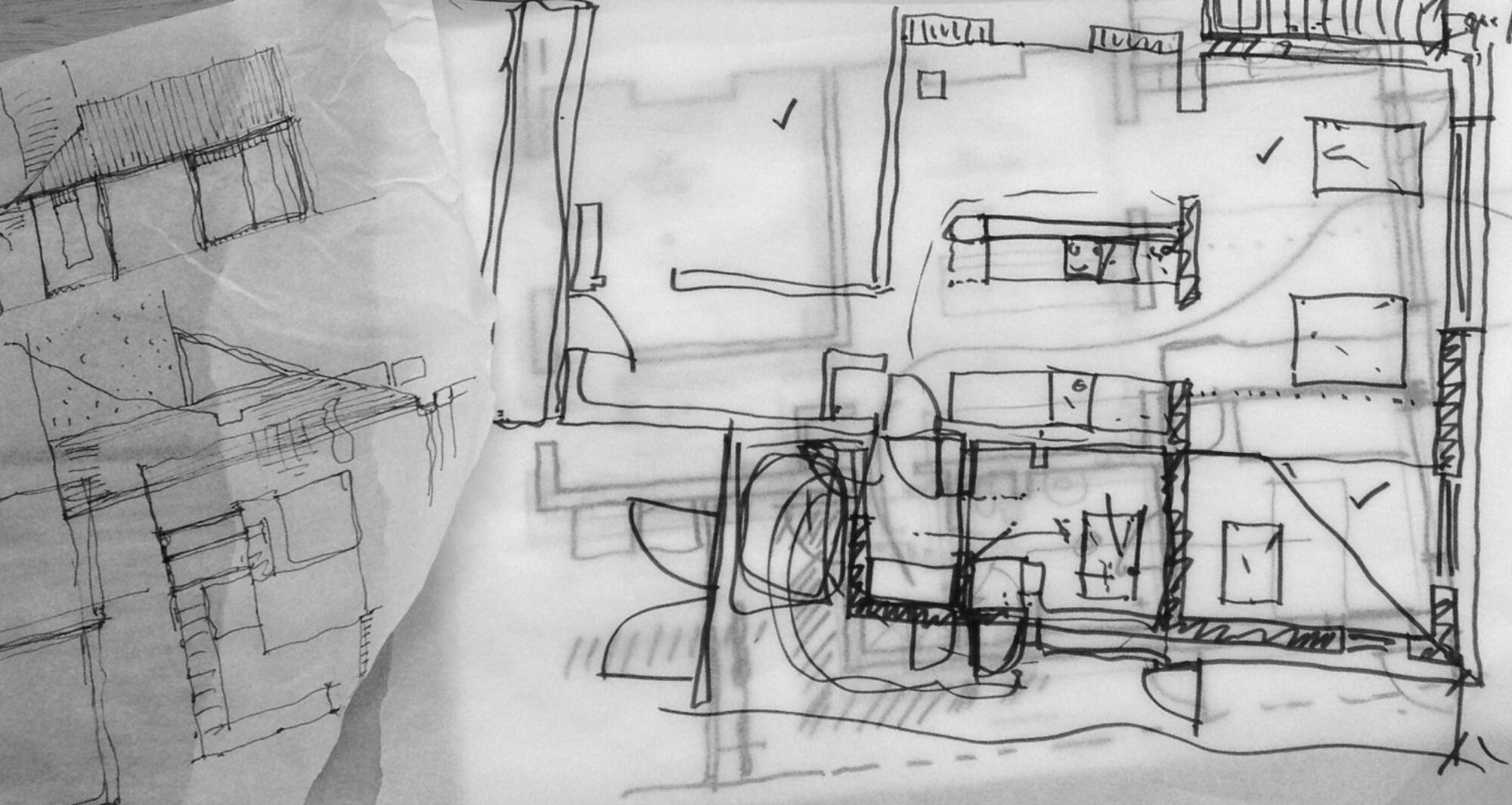

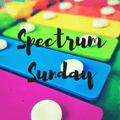

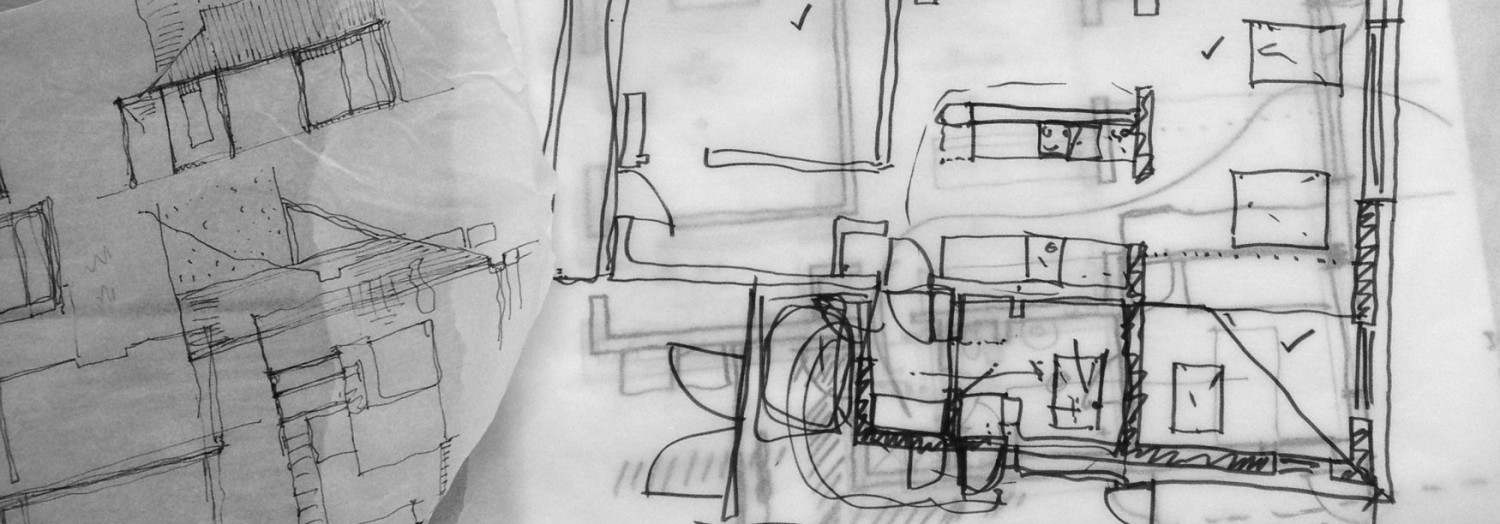
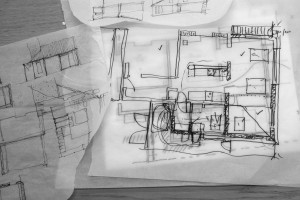
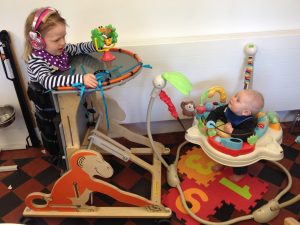 Somehow the idea that inclusive design (or even better accessible or universal design) is of benefit to us all, isn’t being embraced! I guess if you are young and fit it’s easy to be oblivious as to how our environment and buildings can make life difficult (or even impossible) for some people, but if you get injured and have to use crutches or a wheelchair, or even try to push a pram or wheel a large suitcase around, the environment can suddenly appear very inhospitable.
Somehow the idea that inclusive design (or even better accessible or universal design) is of benefit to us all, isn’t being embraced! I guess if you are young and fit it’s easy to be oblivious as to how our environment and buildings can make life difficult (or even impossible) for some people, but if you get injured and have to use crutches or a wheelchair, or even try to push a pram or wheel a large suitcase around, the environment can suddenly appear very inhospitable.
